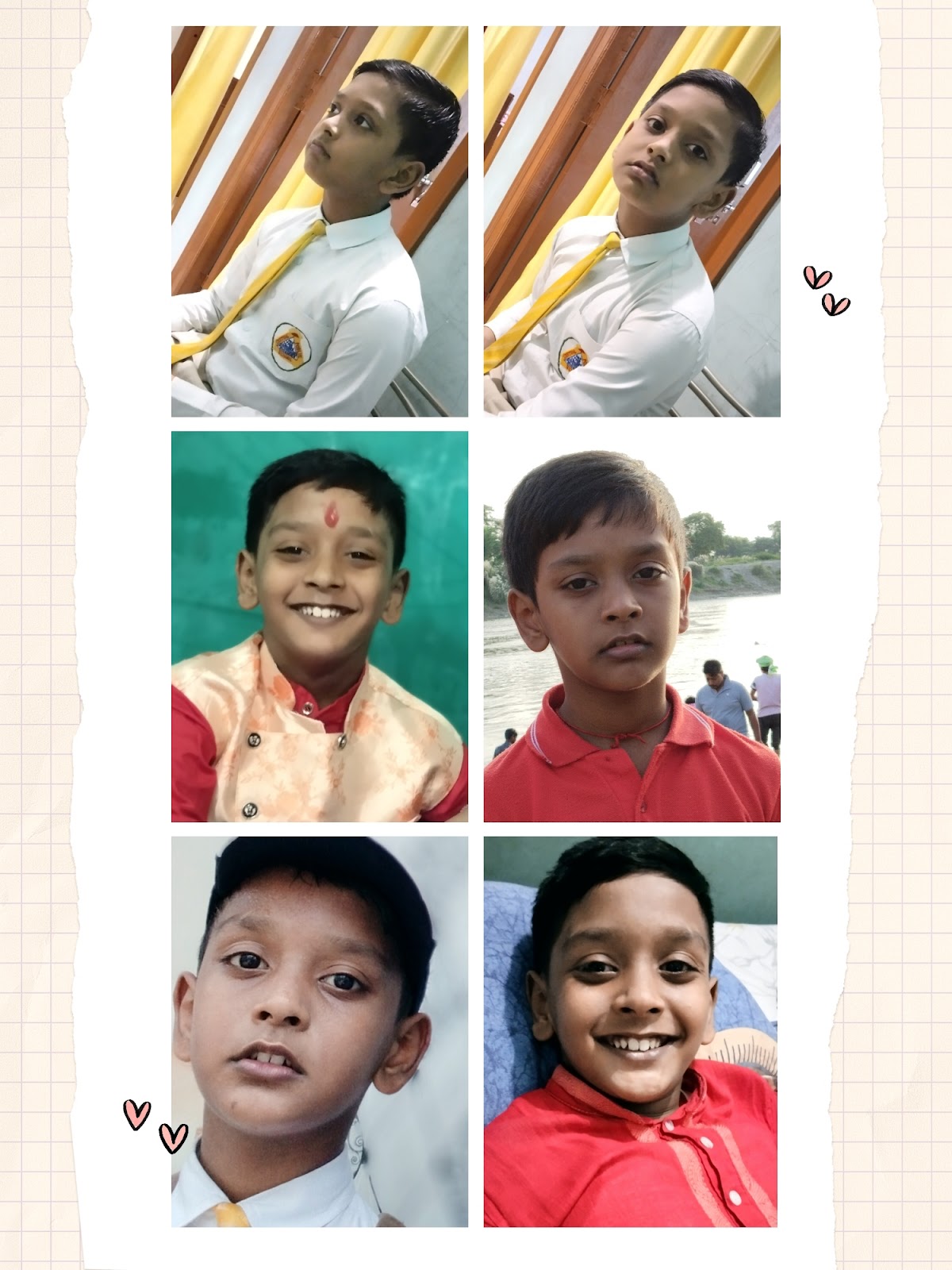Childhood is a special magical time that is valuable and never goes away.
As teacher and mentor, I've had the special privilege of seeing how amazing childhood is. It's a special time in life that is full of magic and wonder.
In this blog post, let's talk about why childhood is so special and why we should appreciate and take care of it.
1. The Boundless Curiosity
The Boundless Curiosity means having a never-ending desire to learn and explore new things. It's like having a big, powerful engine inside your brain that always wants to know more and discover different ideas and places.
2. Imagination Takes Flight
When we are children, we always want to know more and more. We ask lots of questions about everything and want to learn about the world. Teachers and grown-ups help us explore and understand things so we can learn new things.
Imagination is like a special power that helps us create and dream about things that are not real. It's like going on an adventure in our minds and making up stories and characters.
The real happiness that comes from being true to yourself and doing what makes you happy.
3. The Authentic Joy
Kids are really good at finding happiness in little things. Like when they see a butterfly or get to play in a puddle or eat a yummy candy, it makes them really happy. It's a good reminder for us grown-ups to enjoy the little things in life and not let grown-up problems make us forget about the simple, beautiful things.
4. Lifelong Friendships
Lifelong friendships are when you meet someone and become really good friends with them, and you stay friends with them for a really long time, maybe even for your whole life. It's like finding someone who you really enjoy spending time with and who understands you, and you want to be friends with them forever.
Kids make friends when they find someone who likes the same things as them and they can be really honest with each other. These friends can stay with them forever and remind them how important it is to have people to talk to and have fun with.
5. Dreams and Aspirations
Dreams and aspirations are like big wishes or goals that we have for ourselves in the future. They are things that we really want to do or become. It's like when you imagine being a firefighter, a doctor, or an astronaut when you grow up. Dreams and aspirations can be anything you want them to be, and they are important because they give us something to work towards and make us excited about our future.
Childhood is when we start to have big dreams. We might want to be an astronaut, a doctor, or a teacher like me. These dreams help us know what we want to do and give us a reason to work hard. When grown-ups tell us to dream big and help us reach our goals, it can help us do amazing things in the future.
6. Learning Through Play
Learning through play means using games and fun activities to help us learn new things. Instead of just sitting and listening to someone talk, we can play games that help us remember and understand what we are learning. It's like having fun while we are learning!
Playing is like a special language that kids use to learn important things. It helps them figure out problems, be creative, and get along with others. Teachers know how much playing helps kids grow, so they make sure to create places where kids can learn and have fun at the same time.
7. Embracing the Present
Embracing the present means enjoying and appreciating the things happening right now, instead of worrying about the past or the future. It's like being happy and content with what is happening in this moment.
Children teach us to appreciate the present moment because they do not dwell on the past or worry about the future. As adults, we can learn from them and try to be more present and mindful in our own lives.
In conclusion,
childhood is a magical season of life that should be treasured and protected. we have the privilege and responsibility to guide the young minds in our care, helping them navigate this wondrous journey while preserving the magic that makes childhood so extraordinary.
Let's continue to nurture their curiosity, celebrate their creativity, and support their dreams, ensuring that the magic of childhood remains a timeless and cherished treasurer.
JSunil Sir
JSunil Tutorial
www.jsuniltutorial.in
www.jsuniltutorial.weebly.com







Comments
Post a Comment